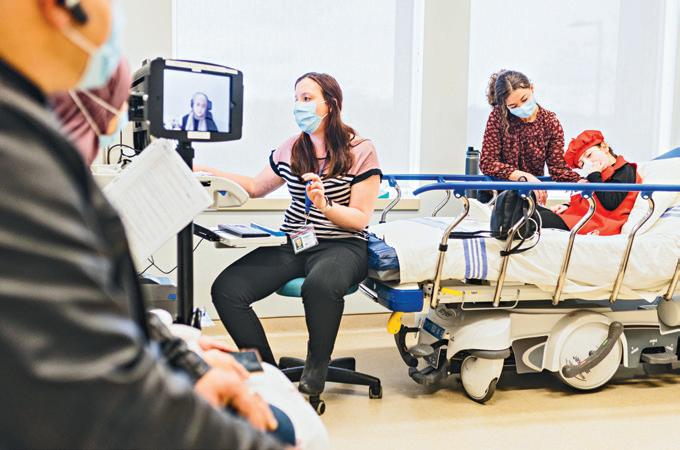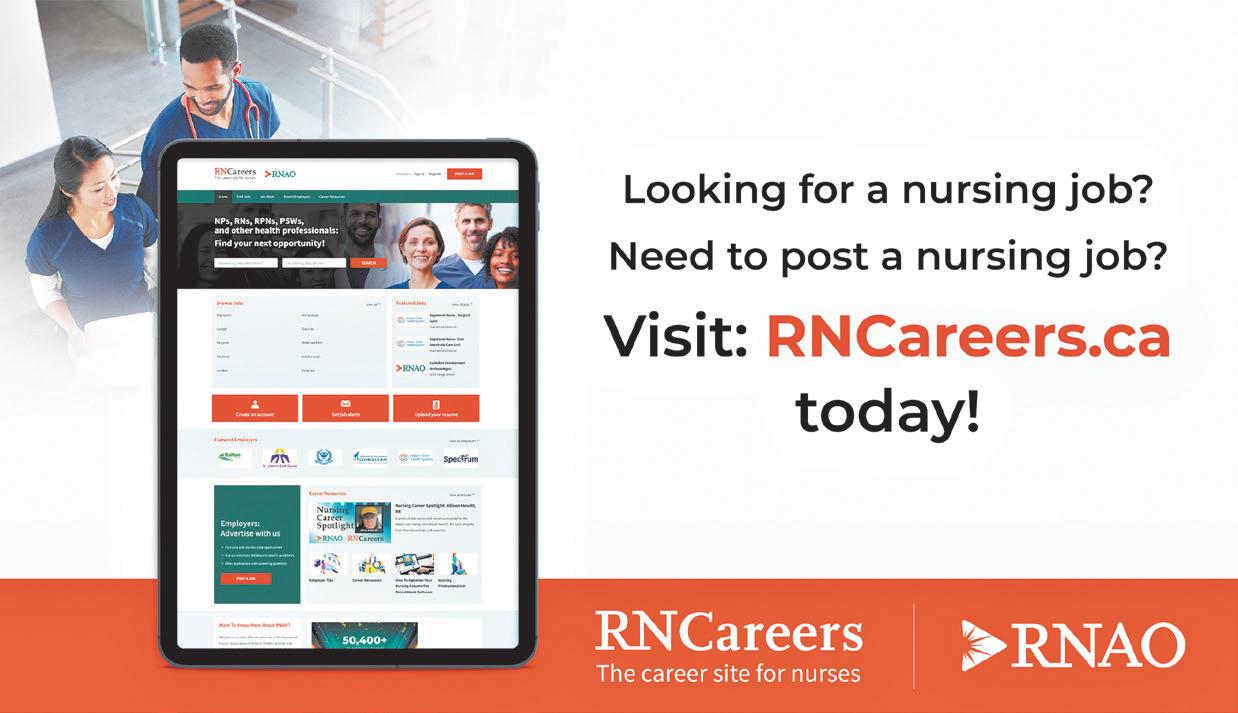
3 minute read
A ‘black box’ to assess and train expert surgical teams
Just like the airline industry has a black box to learn from, hospitals can now use recordings taken during surgical procedures to help train expert surgical teams.
Developed and commercialized by a team at St. Michael’s Hospital, Sunnybrook researchers are bringing a black box-like technology into the world of assessment – using it for the first time to evaluate performance and direct the training of expert teams in an operating room (OR) setting.
“If you measure something, you can improve it,” says Dr. Markku Nousiainen, orthopaedic surgeon at Sunnybrook Health Sciences Centre. “Our goal is to measure individual and team performance in the OR and use that information to develop teaching tools to improve performance with the goal to improve patient outcomes.”
This initiative focuses on patients having surgery to repair a hip fracture, as these patients can experience variations in outcomes. Research has shown that patient outcomes after surgery depend on more than just the performance of the surgeon – outcomes also depend on the entire surgical team including nurses, anesthesiologists, radiation technologists, and trainees.
“In order to optimize patient outcomes, we must ensure that the entire OR team performs at the highest level of expertise,” says Dr. Cari Whyne, research director of Sunnybrook’s Holland Bone and Joint Program, and a professor at University of Toronto.
“However, we need to understand more about what expertise for a surgical team looks like, so that we can develop teams that perform at this level. This will help us minimize the current variation in surgical quality.”
The Sunnybrook pilot project will record videos and dialogue within the operating room, helping researchers measure skill levels and collaboration between team members. This information will be collected during hip fracture surgeries and analyzed to determine which aspects of surgical team performance and workflow can be improved, and to identify connections to patient outcomes.
“The continuous monitoring of the surgical environment and analyt- ics will provide us with an objective data set to look at, allowing us to evaluate how the team members are performing without having to rely on individual recollections,” says Dr. Nousiainen, an associate professor at the University of Toronto. “Remembering is subjective and is subject to bias.”
Not actually a ‘black box’, the black-box-like technology uses small cameras installed around the OR and buried inside the overhead surgical lights. The equipment records audio, multi-resolution video, patient vitals and intraoperative x-ray imaging. The data is collected onto privacy-safe software and securely transferred to analysts to assess performance. A twin system has also been installed in a non-clinical OR for the purposes of training.
Sunnybrook’s leading team of orthopaedic specialists will determine how to provide expert, team-based surgical training and care in the operative management of hip fractures. “Our anticipated results will help establish best practices for delivering expert care to all orthopaedic patients,” adds Dr. Whyne.
The project is supported by a $3 million investment by the Wyss Medical Foundation. n H
Voyce’s medical interpretation platform.
To access Voyce, patients and their care team simply need an internet connection and a device such as a smartphone or tablet. There is a diverse network of 2,000+ qualified interpreters in more than 240 languages who are trained in medical terminology, with an average connection time of less than 30 seconds.
Removing The Language Barrier
Voyce has been deployed at HHS in select units representing a variety of settings including an emergency department, inpatient and outpatient units. This allows any adoption barriers to be assessed before full implementation is considered not only within HHS but across any other health-care organization.
“Having the Voyce translation service really helps to promote allyship and inclusivity for a lot of our families who don’t speak English,” says Dr.
Audry Lim, Pediatrician and Medical Lead of Complex Care at HHS McMaster Children’s Hospital (MCH).
“Without the ability to interpret properly and timely, I find that it really impedes the care we can provide. But, by pulling Voyce into the room I can communicate with the families in real-time without any translation issues. It really helps to reassure the family and answer their questions immediately.”
By providing real-time interpretation services, care teams can ensure that patients and families can fully understand their medical conditions, treatment options, and instructions for follow-up care.

Aisha and Mahmoud Jomaa’s daughter Aline is a patient at MCH with multiple specialists including Dr. Lim. They have been able to utilize Voyce since the pilot began.
“I know that with Aline’s condition, we need to come to the hospital a lot, so it’s very comfortable for me to have this service,” says Aisha. “Whatever I’m saying, I’m sure that it’s being re- layed, no matter how I’m expressing it, in the same way. It feels like I’m the one who is speaking.”
Voyce For All
Patients, staff and physicians have had extremely positive feedback on Voyce, so HHS has currently extended the pilot while it works on securing it as a standard service that can be accessed organization-wide.
“We’re also going to extend the service into our research and education areas as well, to help us better understand the needs of our non-English speaking community,” says Scott. He continues to say, “Voyce is game-changing.” n H










